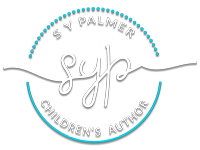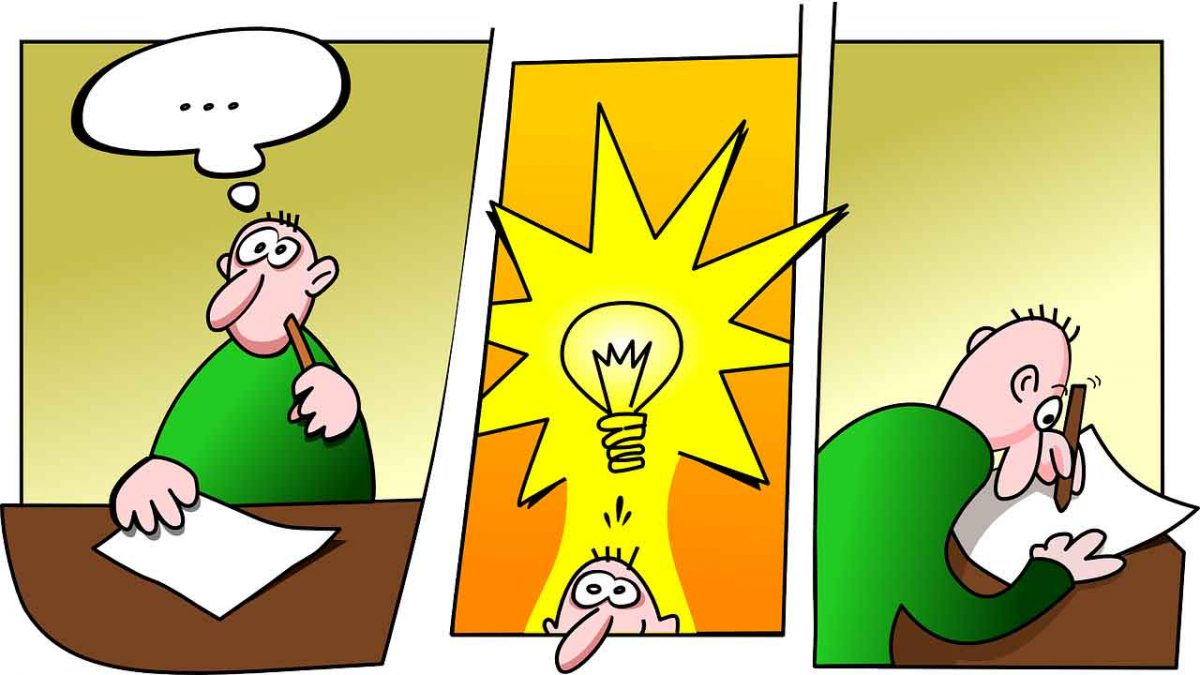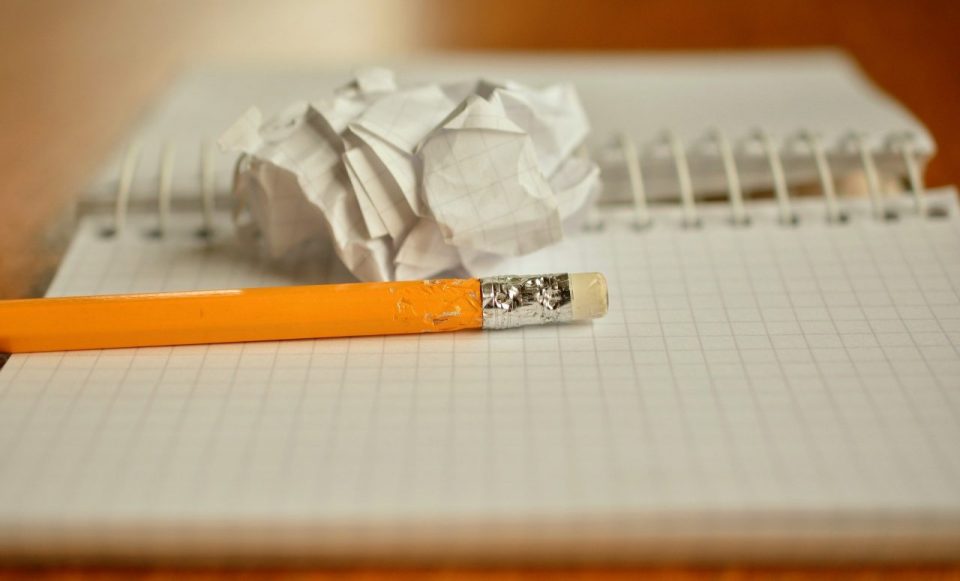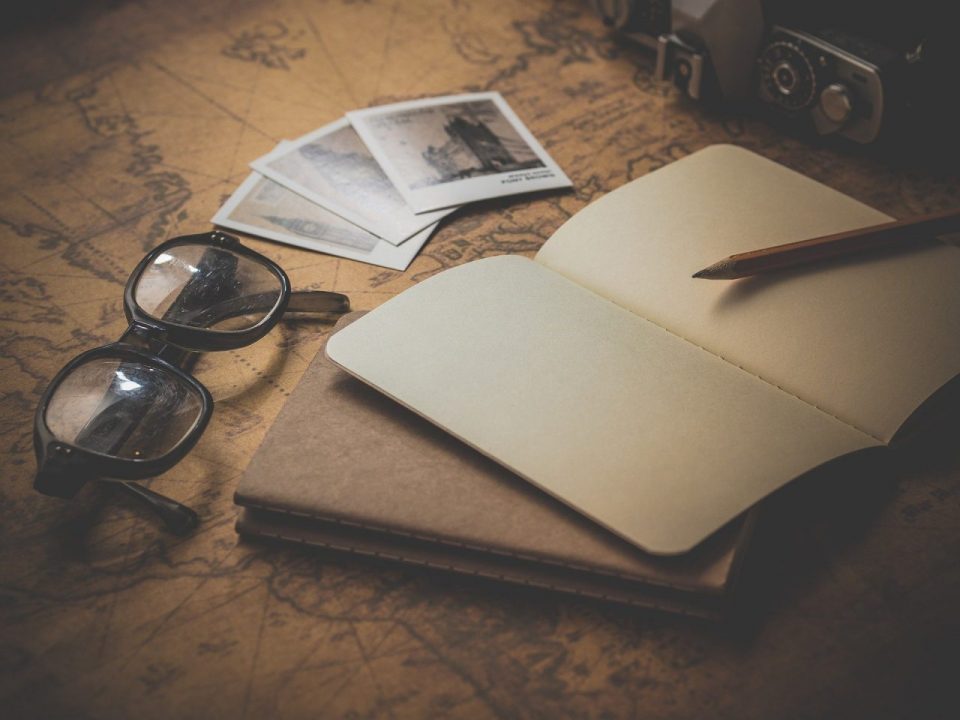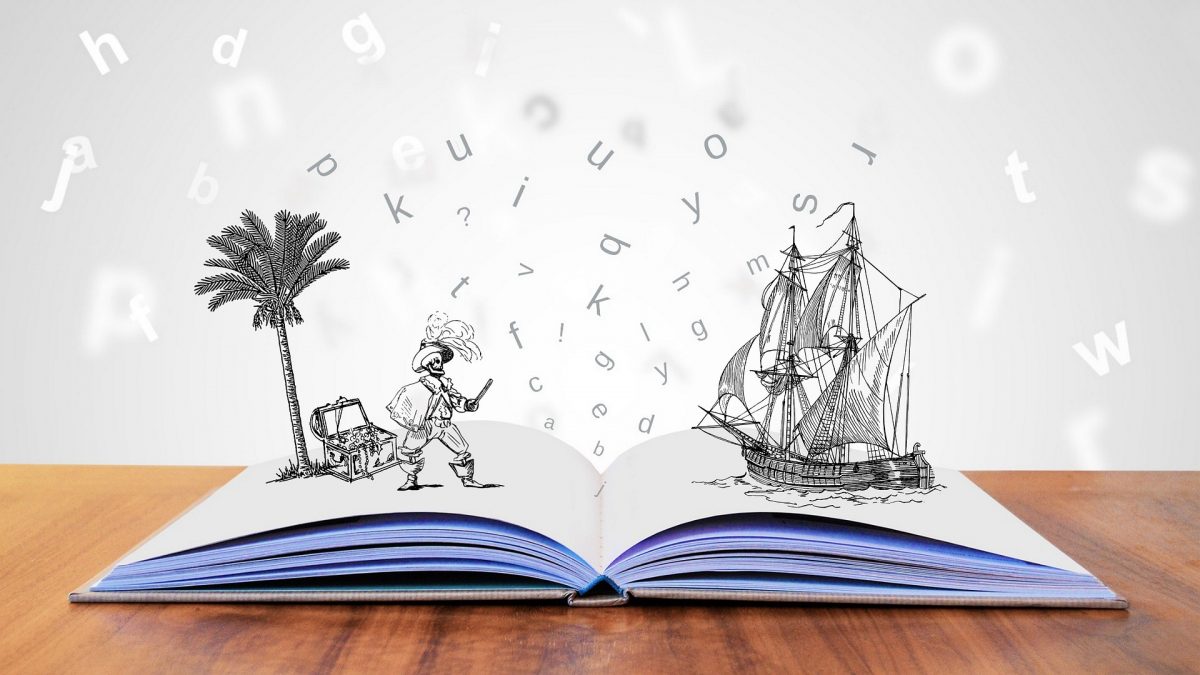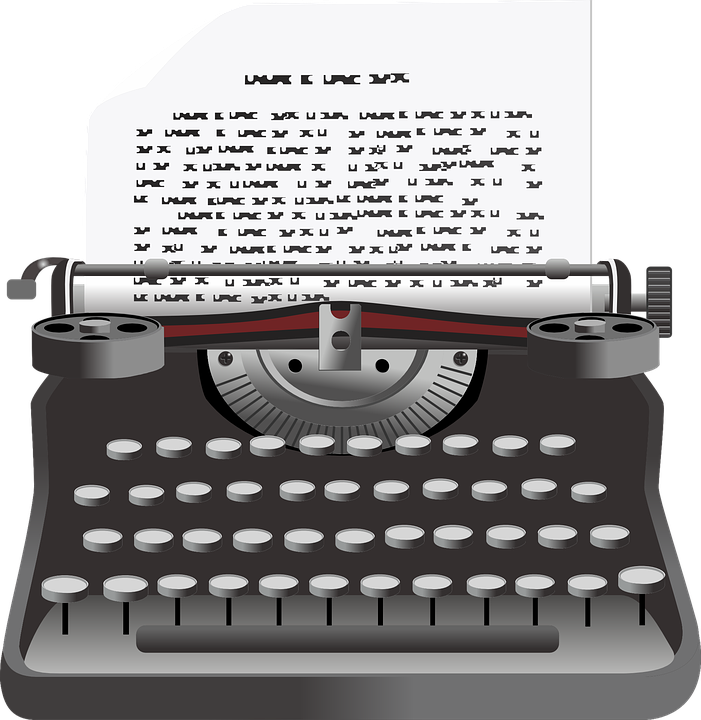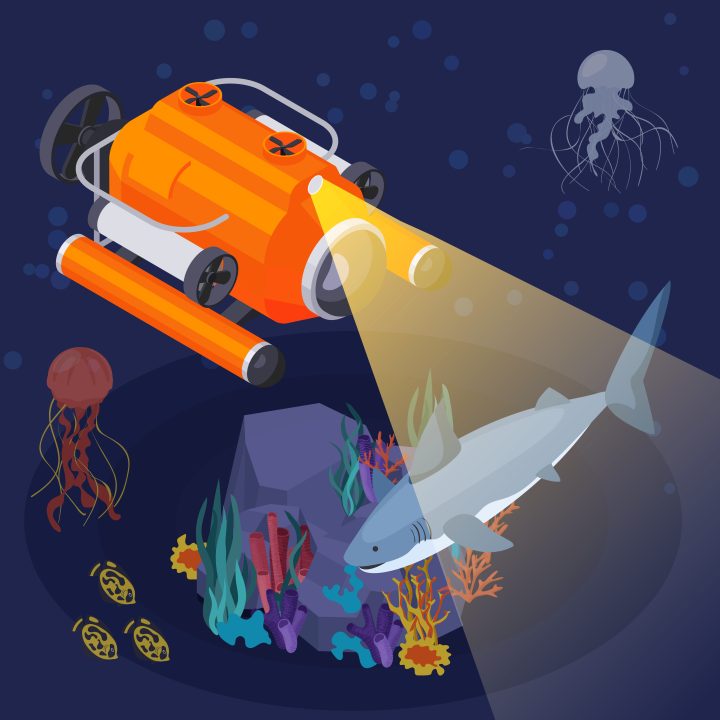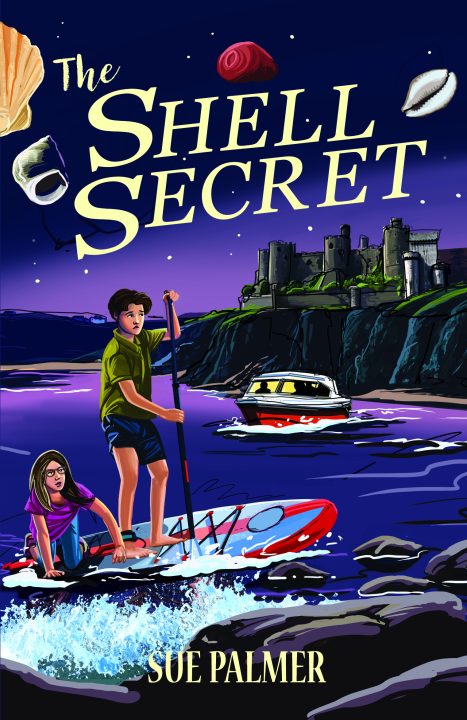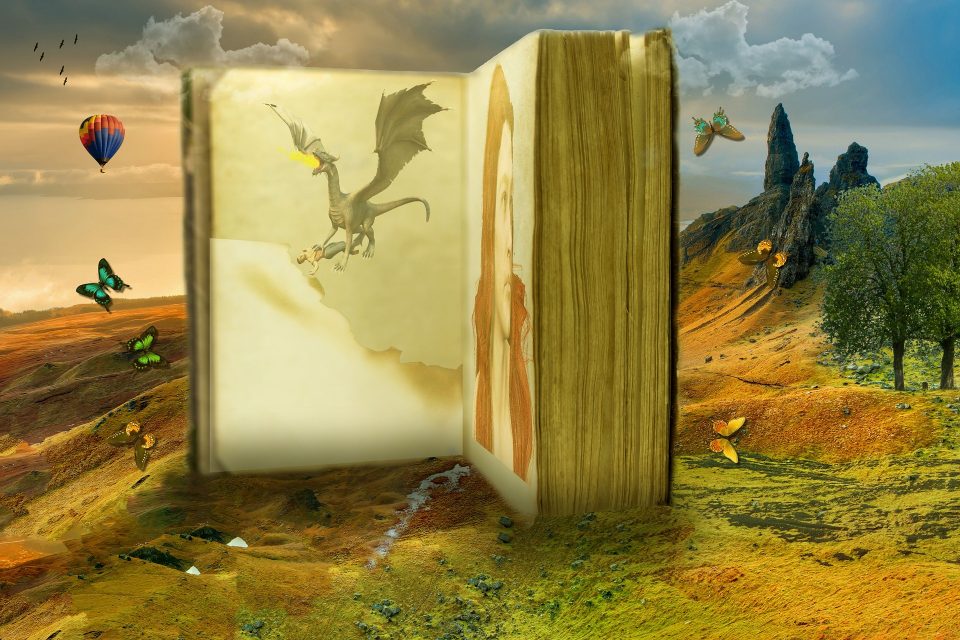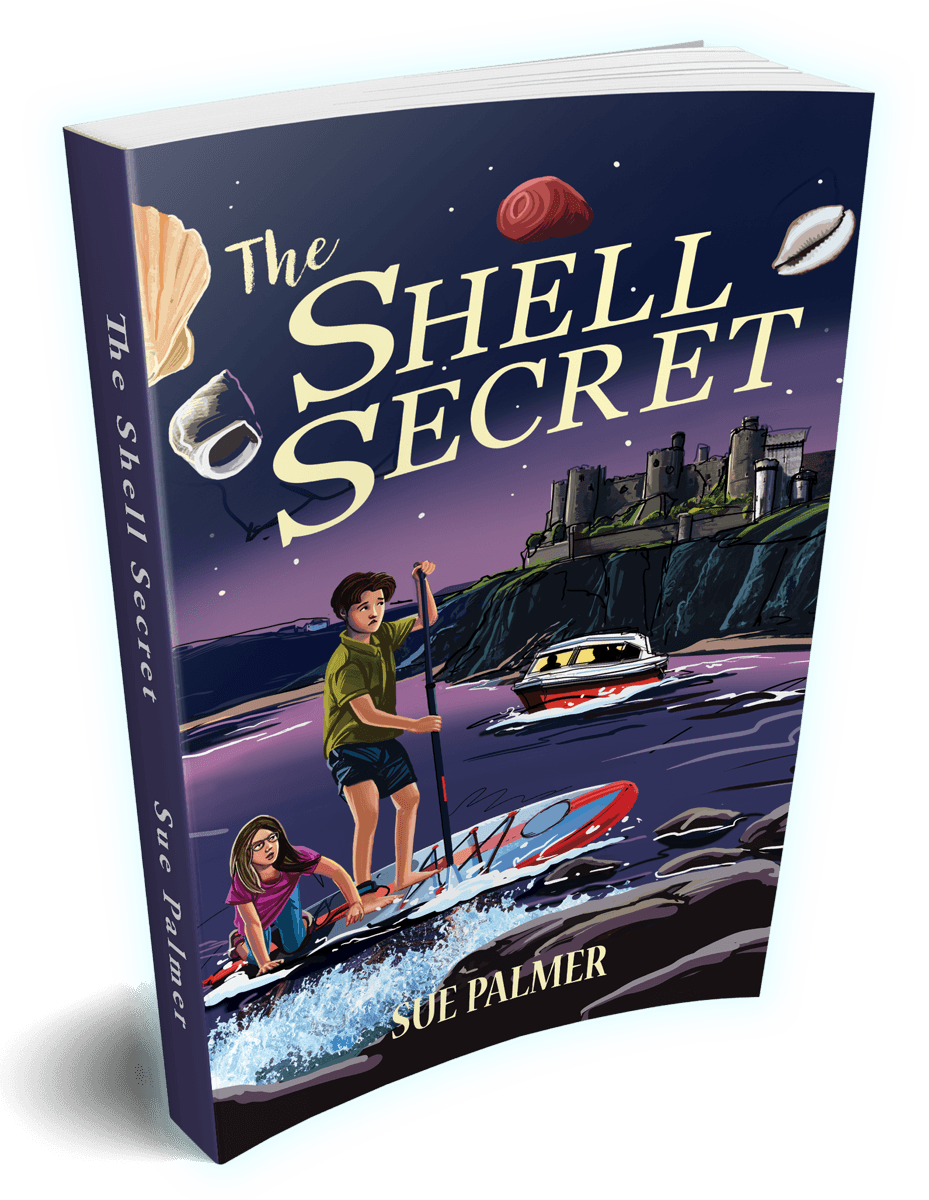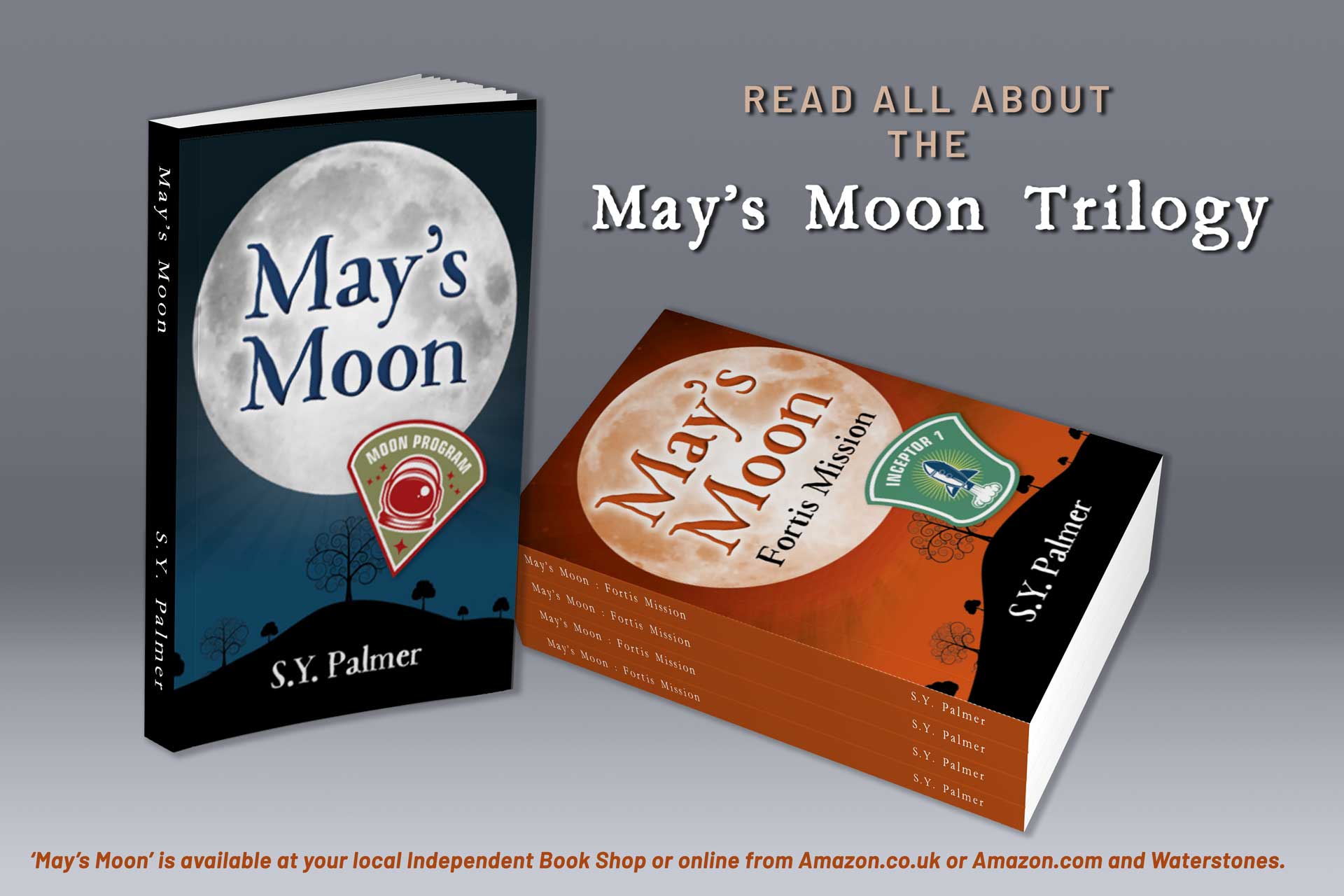The first full-length children’s story I wrote was, to be honest, a total disaster. My plot was obvious and uninspiring, my characters were clichés and two-dimensional and the setting was underdeveloped and poorly thought out.This was the response from a literary agent that I had approached.
At this point I realised that I wasn’t a writer who could create, order and write from what was in my head. I needed a plan.
Over the next two years, I worked on these areas, read a lot about writing, attended writing courses and eventually developed something that works for me.
These are some of the habits, techniques and processes I use to turn my ideas into the best story I can write.
Ideas = Notebooks
- My ideas for stories, characters or settings come from everywhere.
- I usually carry a small notebook with me for jotting down an unusual phrase, a funny moment, a description of someone’s appearance or anything that interests me.
- I take pictures of things that intrigue me or interest me.
- The great thing about ideas, is that they can appear in the middle of the night or whilst watching a less-than-engaging TV programme.
- I write these down. No matter how good I think my memory is, I never remember a good idea perfectly.
- If I have a notebook with pages and pages of pencil scribbles about a world, a person or a kernel of a story, I’m ready to start planning.
“No matter what people tell you, words and ideas can change the world.” – Robin Williams
One liner = Essence of the story
- Most of my ideas for a story come from asking, ‘What if?’
- In May’s Moon, my question was, ‘What if a child could travel into space?’ From that one question, everything else followed, including a one-line description of the story.
- My one-line description of May’s Moon is, ‘Entering a NASA competition, 13 year old Michael May is in with a chance of becoming the first child astronaut.’
- If I can’t summarise the essence of my story in one line, it usually means that I’m either unsure of what the main point of my story is, or I haven’t thought through the story well enough.
‘A short creature with hairy feet is roped into an adventure by a mischievous wizard.’ – The Hobbit
Character, Setting & Plot – the 3 cornerstones of a story
Character
- I designed a character profile sheet, to get to know the people in my story.
- I want to know what they like eating, what their greatest fears are and how they sound when they talk.
- It’s only by getting to know my characters that I can predict how they would react to the situations I’m going to put in front of them in my story.
Setting
- I use a storyboard for pictures, diagrams and other visuals. This creates the ‘world’ in which I’m writing.
- I also use a setting sheet, to get to know the world in which my characters are living.
- I want to know what it’s called, where it is, what it looks, smells and feels like.
Plot
- To begin with, I fill out a ‘W graph’, which sets out the timescale of the story and the rising tension.
- I write down the incident, which begins the real action of the story, each major plot point, the moment when my character looks like they are going to succeed, the rug-pulling moment when everything looks bleak, the climax and the end to the story.
- If I can’t complete the ‘W graph’, it usually means that there is something missing from the plot or I’m not clear on where the story is going.
“I always have a basic plot outline, but I like to leave some things to be decided while I write.” – J. K. Rowling
Chapter Outline
- With a clear idea of my characters, setting and major plot points the next step is to create a chapter outline.
- Each scene and chapter has a beginning, middle and an end.
- I pay attention to the action in the chapter, the dialogue and the involvement of my characters.
- The story has to move forward and my characters have to change as a result of what happens to them.
- If a scene, character, or action doesn’t add to the story, it needs to go.
Much against my desire to dive in and start writing, it’s only when I’ve done these things and have a clear plan that I pick up a pen.
The last story I wrote took half the time of previous one and required far less editing time. The simple reason is that I planned better, took my time and worked out most of the problems before writing a word.
I will revisit my first disaster of a story at some point but with a different outlook and a plan. Who knows how much better this story will be?
Get in touch here if you’d like copies of my planning tools.
